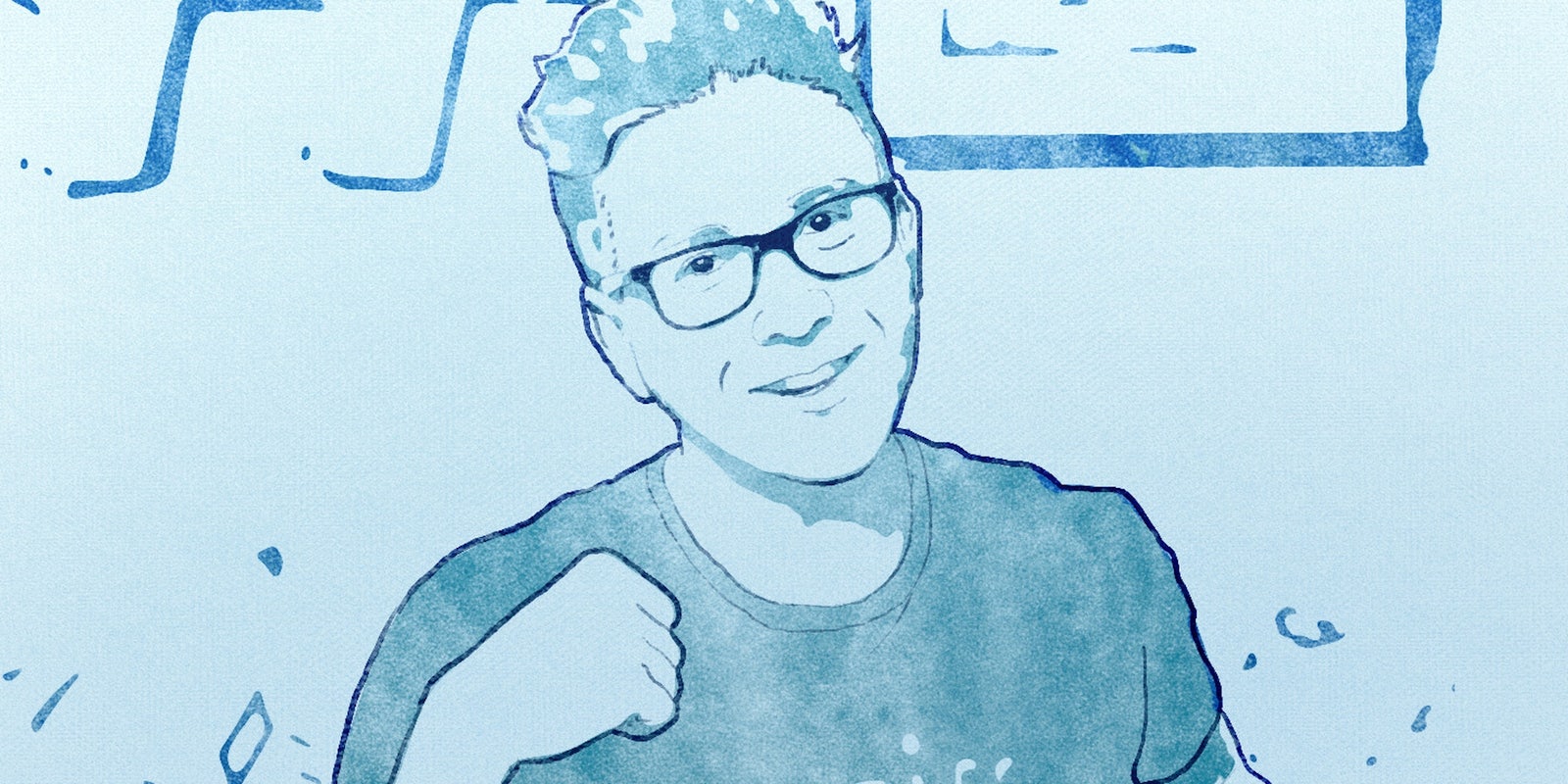Last week, the world finally saw the convergence of religion and technology that we’ve all been waiting for: His holiness, Pope Francis, sat down with a selection of the world’s preeminent YouTube stars.
Among those in attendance at the private Vatican summit were Game Theorists’ MatPat, an American; Louise Pentland, of the the British channel Sprinkle of Glitter; Dulce Candy, a Mexican-American beauty vlogger who entered the U.S. illegally as a child; and Hayla Ghazal, a social media star of Syrian descent from Dubai. The pope then attended an education conference with people who many would consider to be “real” stars, such as George and Amal Clooney.
George Clooney’s interest in global policy is well known, and Hollywood’s long tradition of involving itself in politics goes back to at least the 1930s. But it is the pope’s meeting with the YouTubers that is more significant, as it shows that pop culture’s major influencers are no longer just Hollywood movie stars and big wigs.
This might seem like more evidence of the “Cool Pope” doing what he does. After all, this is the same guy who sat down with Instagram CEO Kevin Systrom before unveiling his own account on the photo-sharing app. And despite his insistence that he is tech-illiterate, Pope Francis has also called the internet a “gift from God.”
But YouTube stars are becoming catalysts for important discussions and even focal points in our shifting cultural landscape. And as a platform for social justice, the platform can no longer be ignored.
In 2014, President Barack Obama held a web summit, where he enlisted various YouTubers to help push Obamacare. The attendees included Tyler Oakley; the Fine Bros.; Hannah Hart of My Drunk Kitchen; Michael Stephens of VSauce; Mark Douglas; Todd Womack and Ben Relles, who created the “Obama Girl” video; Peter Shuckoff and Lloyd Ahlquist of Epic Rap Battles of History; Funny or Die producer/director Rachel Goldenberg; Mickey Meyer and Daniel Kellison of comedy network Jash; and Obama impersonator Alphacat. He also went on Between Two Ferns to promote the Affordable Care Act.
“He told us that his daughters are fans of YouTube, and that they have probably seen all of us in the room,” said Tyler Oakley, who currently has more than 8 million subscribers. “It was so cool to hear the president talk about all these issues so candidly with us… we talked about suicide prevention… same-sex marriage. And just to discuss these things in that room, it was so cool.”
Obama returned to the YouTube well the next two years, each time for interviews with influencers.
But using YouTubers to spread a political message is not just trendy or pandering, it’s smart. The website recently released data that indicates YouTube reaches more 18-to-49-year olds in the U.S. than the top 10 TV shows combined. You want more evidence of their power to influence? Just look at the effect YouTube has had on marketing.
Advertisements on the website are 56 percent more successful at reaching consumers in the aforementioned 18-49 demographic. There are 800 YouTube stars who have passed 1 million subscribers in the last year, and 60 percent of those subscribers say that a YouTube star has influenced how they see a specific brand.
Then there’s the influence YouTubers have had on young people. For instance, the YouTube kids app reached over 10 billion subscribers just in the last year. And U.S. teens list eight out of their 10 most influential and popular celebrities as YouTube stars.
And that’s great because YouTube offers a far wider range of perspectives than, say, Hollywood. The pope’s summit gave a sense of this too, as the stars he talked to came from a diverse array of backgrounds, and covered topics such as “immigrant rights, gender equality, loneliness and self-esteem, and greater respect for diversity of all kinds.”
Writes Mashable’s Saba Hamedy: “And though YouTube is now home to a hub of programming from all parts of the entertainment industry, it’s remained true to its democratic nature.”
For a whole generation of young people, social issues may now be more of an immediate concern thanks to the diverse perspectives they’ve seen online.
“Even though I’ve been a YouTuber since 2005, the past year was the first time I really distinctly decided to take it seriously; and boy was that a whirlwind,” wrote YouTuber Kat Blaque, who talks about feminist, trans, and African-American issues, earlier this year. “Something I wasn’t used to dealing with was an audience with expectations, and even further more, responsibilities.”
YouTubers can even begin social justice conversations on accident. YouTuber Nicole Arbour’s “Dear Fat People” became ground zero for fat-shaming dialogues last year after the comedian received loads of backlash for the video which YouTube briefly took down.
A meeting with the pope here, a meeting with the president there, a few discussions on social issues and diversity; does any of this mean that YouTubers are influencing a significant portion of the American people?
For most Americans over 30, probably not yet, but that’s steadily changing. It’s well chronicled that teens care about YouTubers more than “traditional” celebrities, and if world leaders want to stay in touch with teens, it means they have to stay in touch with the internet. Through this relationship, YouTubers may indeed find not only validation of their careers, but ways to impact public policy, and push social justice issues for a generation that cares more about diversity.
As Tyler Oakley said after meeting Obama: “There have been so many people along my journey on YouTube who have said that the internet is not a valid thing to do with your time. … To have that discussion with the president, it was like, together we can do something amazing.”
Chris Osterndorf is a freelance journalist whose work has appeared in Mic, Salon, xoJane, the Week, and more. When he’s not writing, he enjoys making movies with friends. He lives in Los Angeles.


